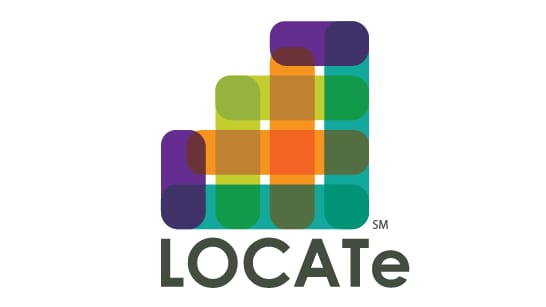At a glance
The CDC Levels of Care Assessment ToolSM (CDC LOCATeSM) is designed for states and other jurisdictions. It helps to evaluate and strengthen systems of risk-appropriate care and improve maternal and infant care.

What is CDC LOCATeSM?
The CDC Levels of Care Assessment Tool (CDC LOCATe) is a web-based instrument. It can help states and other jurisdictions create standardized assessments of birthing facilities by levels of maternal and neonatal care. CDC LOCATe offers a standard process for assessment that aligns with recent guidelines and policy statements from professional physician associations. These include the American Academy of Pediatrics, the American College of Obstetricians and Gynecologists, and the Society for Maternal-Fetal Medicine.
Why do states and other jurisdictions use CDC LOCATe?
Implementing CDC LOCATe can help in the development and evaluation of systems of risk-appropriate care. The CDC LOCATe data collection and analysis process gives states a current snapshot of their birth facilities' capacities. This information can be used to improve delivery of maternal and infant care.
What resources are included with implementation?
When a state or jurisdiction implements CDC LOCATe, CDC's Division of Reproductive Health includes the following resources:
- Electronic version of CDC LOCATe for SurveyMonkey or RedCap.
- "Letter of interest" for partners and birthing facilities.
- CDC algorithm for assessing maternal and neonatal levels of care.
- Access to champions for guidance on implementation strategies.
- A report template and a presentation slide deck.
What can you do with CDC LOCATe findings?
CDC LOCATe collects a variety of data that can be used in many ways, depending on your state or jurisdiction's priorities. Teams can share results with participating facilities and discuss any discrepancies between self-assessed and CDC LOCATe-assessed levels of care.
Other analysis opportunities include examining differences in maternal and neonatal outcomes between and within levels of care. Furthermore, states and other jurisdictions can examine differences in maternal and neonatal outcomes by provider availability, equipment availability, or procedure volume.
States and jurisdictions can also use results to categorize facility levels by outcomes and characteristics. These include:
- Volume of births overall.
- Volume of very low birth weight births and very preterm births.
- Geographical distribution in the state or jurisdiction.
- Percentage with maternal emergency and transport protocols.
- Maternal and neonatal transport volume.
What are partnership opportunities for CDC LOCATe?
The results can be a starting point for partners to talk about how to improve health outcomes for women and infants. These partners can include:
- State and local public health departments.
- Hospital associations.
- Perinatal Quality Collaboratives (PQCs).
- Clinicians.
- Local March of Dimes chapters.
- Local professional organization chapters (e.g. American Academy of Pediatrics, American College of Obstetricians and Gynecologists).
Who should complete CDC LOCATe at a birthing facility?
Typically, a unit director or charge nurse completes the assessment tool. Ideally, at least one staff member from the neonatal unit and one staff member from the obstetric unit reviews the responses. Often, someone from the quality control department or a staff doctor will also help.
What is the cost to implement CDC LOCATe?
CDC provides technical assistance to implement CDC LOCATe at no cost to the state or jurisdiction.
How to access CDC LOCATe?
If you're interested in implementing CDC LOCATe or have additional questions, please contact DRHinfo@cdc.gov.
